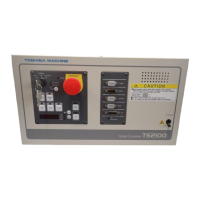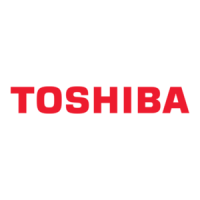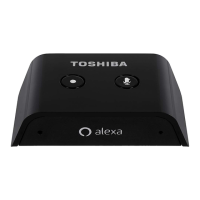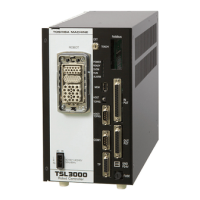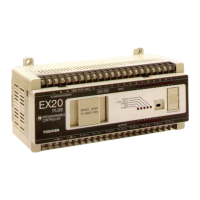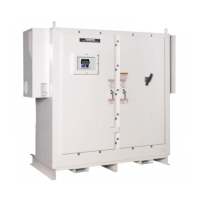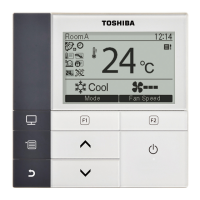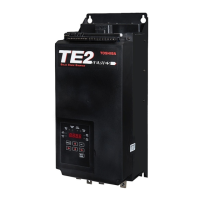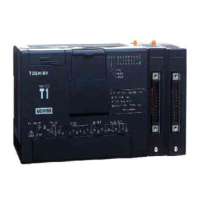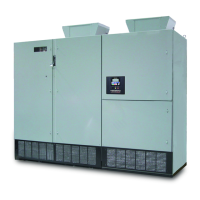GX9 ASD Installation and Operation Manual 25
GX9 ASD Control
The Control Board (P/N 56000) serves as the primary control source for the GX9 ASD and receives
input from the Terminal Board (see Figure 6 on pg 24), an Option Card, RS232/RS485
Communications, or the EOI.
The Control Board has been enhanced to support two additional functions: Multiple Protocol
Communications and the ability to communicate in either half- or full-duplex modes.
Using the optional multiple-protocol communications interface; the ASD-NANOCOM, the Control
Board may be configured for the type of communications protocol being received and respond
appropriately to the sending device. The ASD-NANOCOM connects to the J4 and J5 connectors
(see Figure 8 on pg 26). Jumper Board (P/N 55365) is required at the J4 connector if not using the ASD-
NANOCOM.
The ASD-NANOCOM must be setup to support the desired communications protocol via Program
Communications Communication Settings. Consult the ASD-NANOCOM User’s Manual
(D/N 10572-1.000-000) for a complete listing of the setup requirements.
Half or Full duplex communications is available when using RS232/RS485 communications. The
jumpers at the JP1 and the JP2 connectors may be moved from one position to the other to facilitate
either half- or full-duplex operation. If no jumpers are used the system will operate in the full duplex
mode.
Figure 7. JP1 Half/Full Duplex Jumper Settings.
For more information on the GX9 ASD communication requirements, please visit
www.tic.toshiba.com/ind/ to acquire a copy of the 7-Series Communications User Manual and visit
www.iccdesigns.com to acquire a copy of the ASD-NANOCOM User Manual.
Contact the Toshiba Customer Support Center if more information is required on the ASD-
NANOCOM.
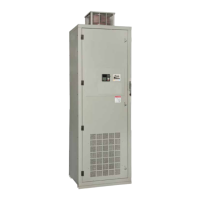
